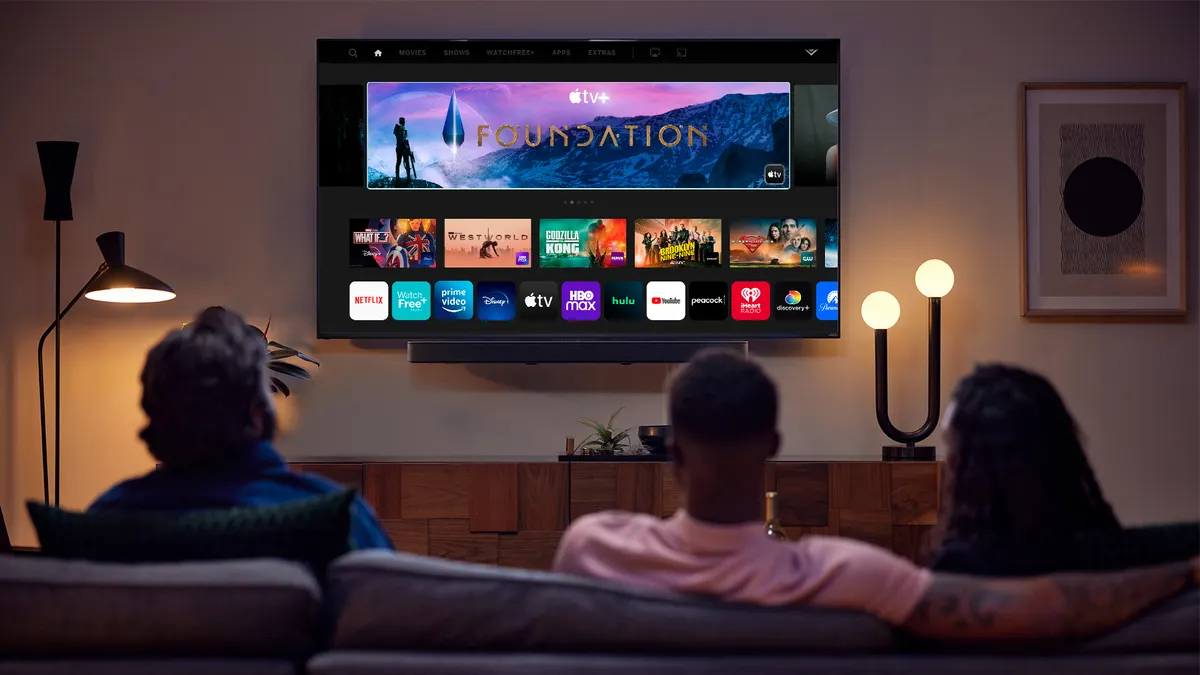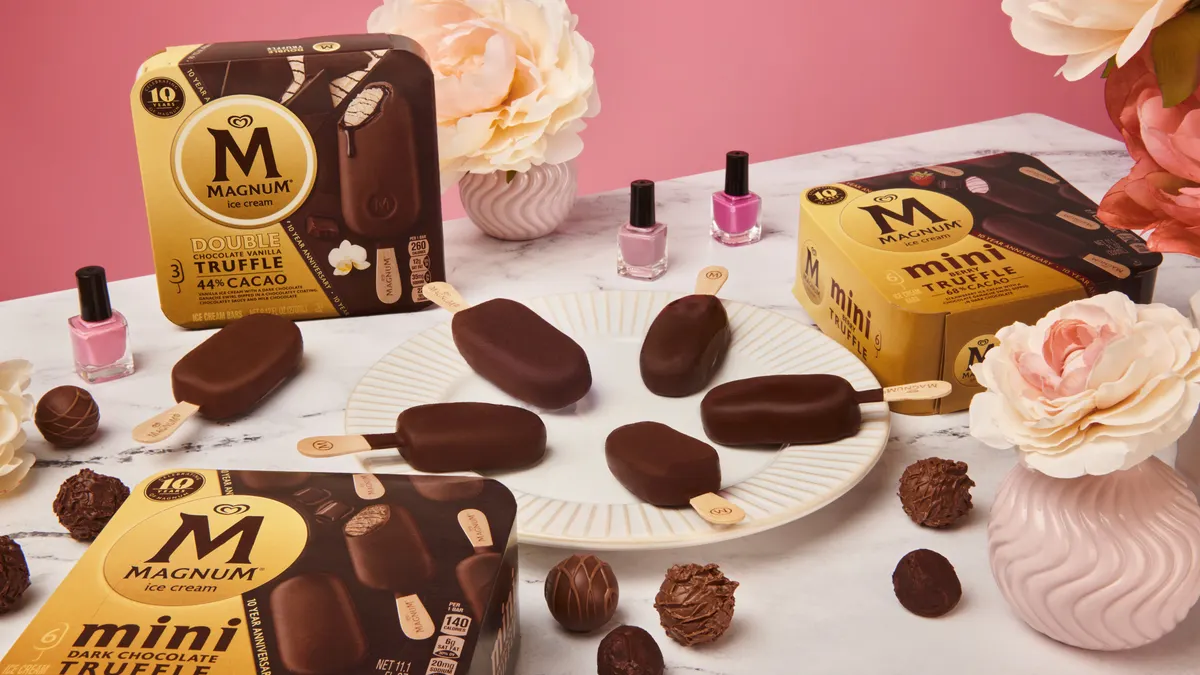Native advertising is top-of-mind for publishers. While some are still struggling on how to implement it or debating if they should utilize it at all, others are going all-in.
The publishers with an all-in mentality have decided it's worth the risk to take the plunge, and many, like the following six, have built editorial teams devoted specifically to developing native ad products for advertisers.
1. Time Inc.
Time Inc. — the publisher of TIME, Fortune, and People — is one of the more recent players to jump head-first into native advertising. Just last week, Time Inc. revealed it was opening a new eight-person native ad unit.
Several of the publications under the Time umbrella had been operating individual native ad teams on a smaller scale, but the new team will focus on providing advertisers with native ad opportunities that span across the 25-title portfolio.
2. New York Times
The New York Times made waves recently with the release of uber-native ads that resemble some of its famous multimedia editorial work, like “Snowfall.” The result of looking to create user-friendly experiences in native ads led to the creation of a long-form native ad for Netflix’s “Orange is the New Black.”
The Netflix project — centered on women in the prison system — received an unusually positive response from both marketers and journalists for its creative execution. The piece was developed by the Times' Brand Studio, which works with advertisers to develop ads for the publication.
3. Hearst
Hearst — publishers of popular lifestyle magazine like Cosmopolitan and Marie Claire — isn't being prude at all when it comes to jumping into native. A common opposition to the practice is the concern that native ads will too widely blur the lines between editorial and advertorial, but Hearst isn’t afraid. CRO Todd Haskell has gone on record saying, “At times, our editorial team will collaborate or contribute to branded content campaigns.”
That doesn’t mean the publisher doesn’t care about the integrity of editorial, it just recognizes the value in sponsored content. In addition to article-like ads, the publisher has developed interactive, multimedia ads like the Pinterest-like Lancôme ad in Marie Claire’s online edition.
4. Washington Post
The Washington Post’s native ad group, WP BrandConnect, has been experimenting with various forms of native ads. Like The New York Times, the Post has recently started dabbling in longer-form sponsored content that, also like Hearst, dabbles with both editorial and advertising material.
The first brand to utilize BrandConnect is a PhRMA — a trade group for the pharmaceutical industry. Its sponsored stories are clearly labeled in a section titled “WP BrandConnect,” but also draw inspiration from long-form editorial like a story about a family’s loss of two brothers in the conflict in Afghanistan.
5. Conde Nast
Vogue and Vanity Fair publisher Conde Nast wrote the book on native advertising — literally. In an effort to give its employees guidance across its different brands, Conde Nast developed a 4,000-word rule book that lays out how the company will handle native. So far, no other major publisher has put its native ad policies to paper in such a solidified manner.
Conde Nast Media group, which handles ad creation, has been experimenting with longform native ads similar to the Times and Post. In Conde Nast's Wired, Netflix — clearly a fan of the long-form native ad — sponsored the multi-media “TV Got Better.” Just like the OITNB piece, “TV Got Better” drew many comparisons to the New York Time’s “Snowfall.”
6. Bloomberg
Financial publisher Bloomberg has taken native advertising in a natural direction, focusing on data. Like other publishers, Bloomberg is drawing on its editorial team to build a new advertising offering, but with a twist. The team, Bloomberg’s Custom Rankings, is a data-mining department housed in editorial.
What Bloomberg has done is expand Custom Rankings to include an ad side that can create infographics for brands. The result is a larger ad platform Bloomberg calls Denizen. The first brand to jump on board was Zurich Insurance Group that ended up creating infographics covering risk and other insurance-related topics.
Would you like to see more marketing industry news and information like this in your inbox on a daily basis? Subscribe to our Marketing Dive email newsletter! You may also want to check out Marketing Dive's look at 3 tactics publishers are using to retain readers (and impress advertisers).



















